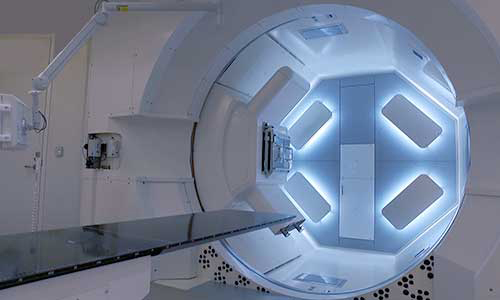Prostate Cancer Treatment
Overview
A combination of several treatments, including surgery, radiation therapy or hormone therapy, may be used to treat prostate cancer. The medical team will provide a comprehensive assessment of available treatments as well as expected outcomes. The treatment decision will be based on a number of clinical and psychological factors, including the patient's cancer stage, need for therapy, level of risk, anticipated life expectancy, overall health and personal preference.
When it comes to prostate cancer treatment, timing is often just as important as the type of treatment chosen. Some patients select active surveillance or watchful waiting to delay treatment and avoid the associated risks and side effects.
Basics
Treatments, Tests and Therapies
- Prostate Cancer Treatment: What to Know About Active Surveillance
- Radiation Therapy for Prostate Cancer
- Immunotherapy for Prostate Cancer
- Prostate Cancer: Surgery
- Chemotherapy for Prostate Cancer
- Watchful Waiting for Prostate Cancer
- Systemic Therapy for Prostate Cancer
- Robotic Prostatectomy
- Radical Prostatectomy
- Cryotherapy for Prostate Cancer
- Robotic Prostate Surgery | Q&A See More
Wellness and Prevention
The Johns Hopkins Proton Therapy Center

Proton therapy is used to treat certain tumors in children and adults. Our treatment center, located at Sibley Memorial Hospital in Washington, D.C., combines advanced proton therapy technology, the latest research and caring specialists.
Research Shows Computer Model Helps Predict Disease Course

A combination of several treatments, including surgery, radiation therapy or hormone therapy, may be used to treat prostate cancer. The medical team will provide a comprehensive assessment of available treatments as well as expected outcomes. The treatment decision will be based on a number of clinical and psychological factors, including the patient's cancer stage, need for therapy, level of risk, anticipated life expectancy, overall health and personal preference.
When it comes to prostate cancer treatment, timing is often just as important as the type of treatment chosen. Some patients select active surveillance or watchful waiting to delay treatment and avoid the associated risks and side effects.

